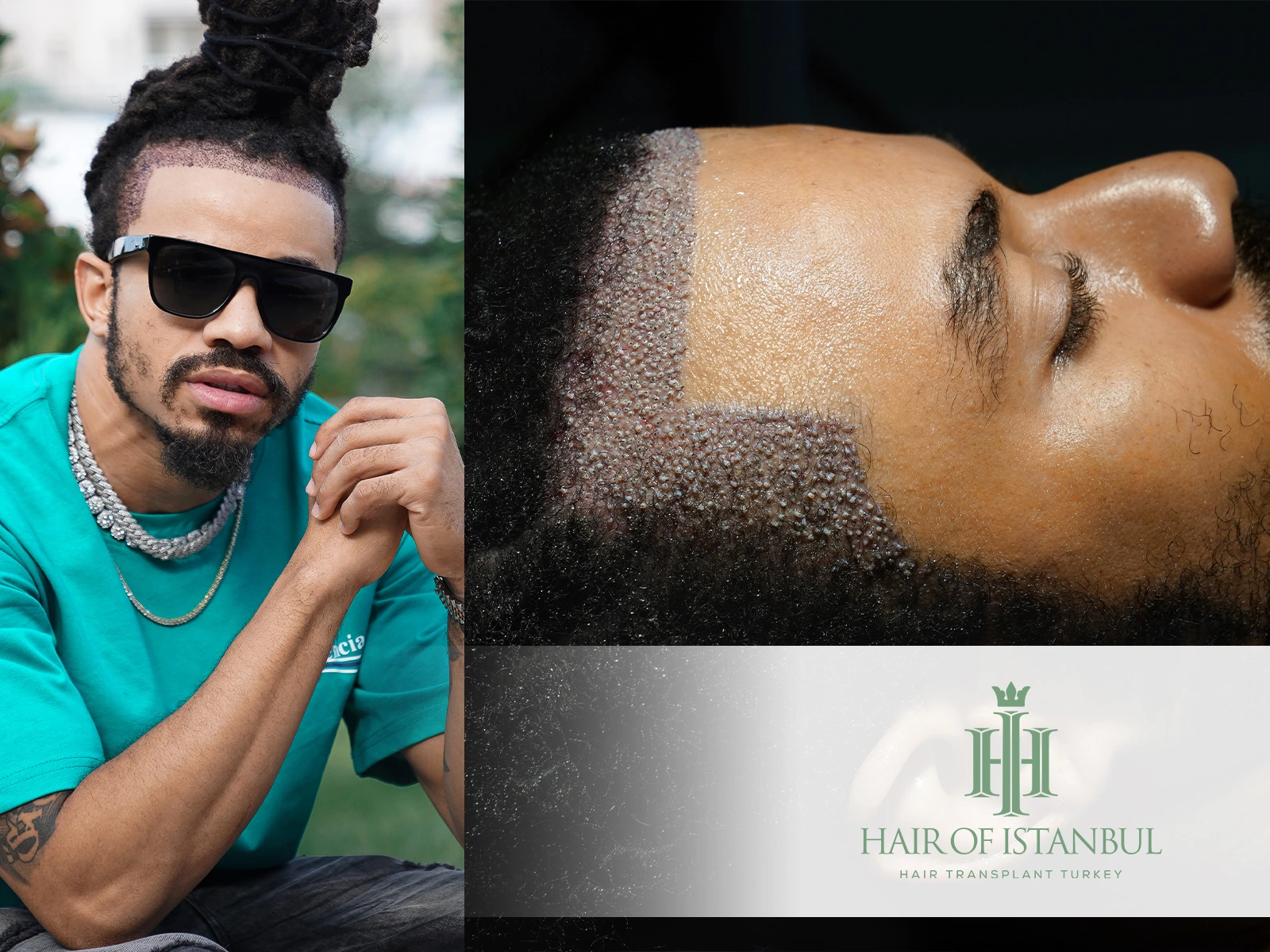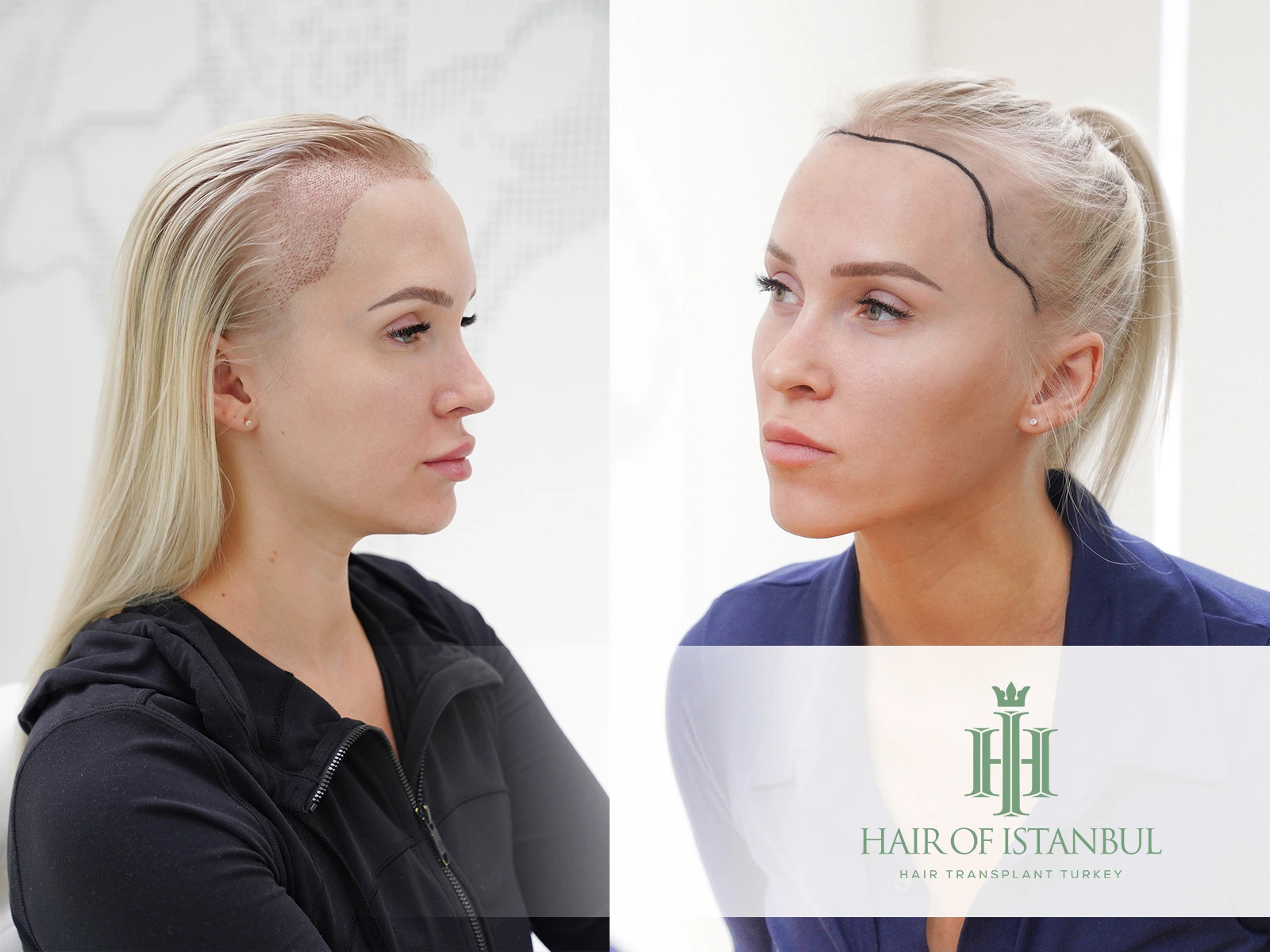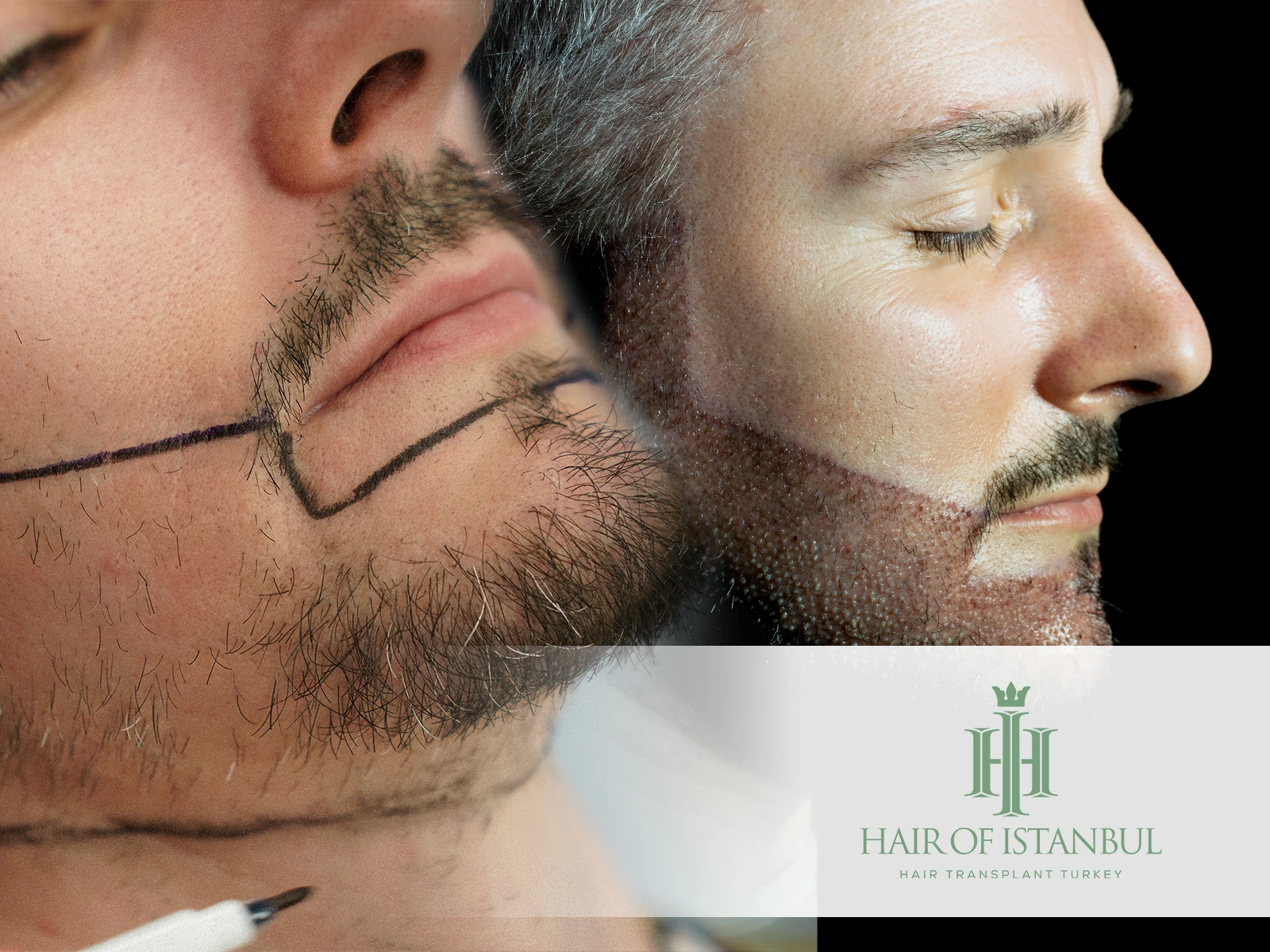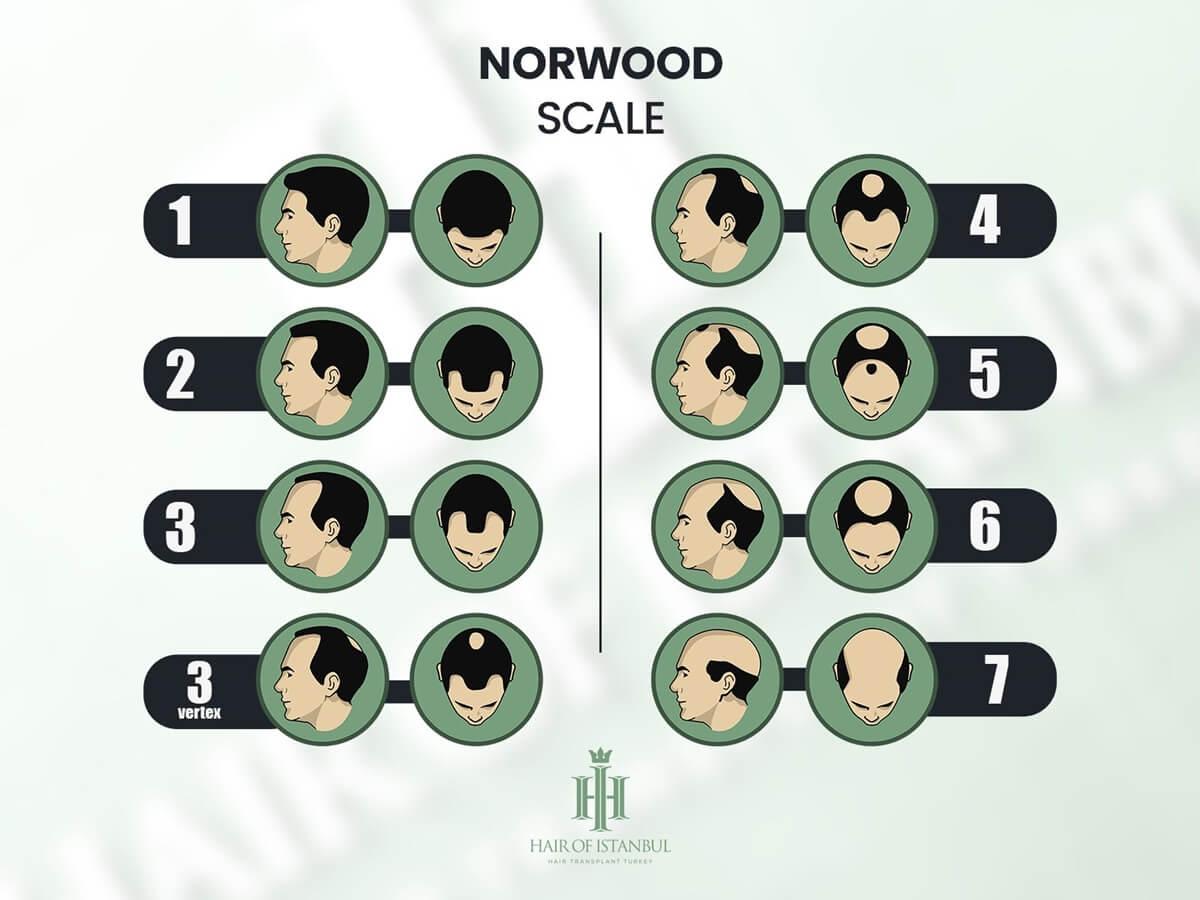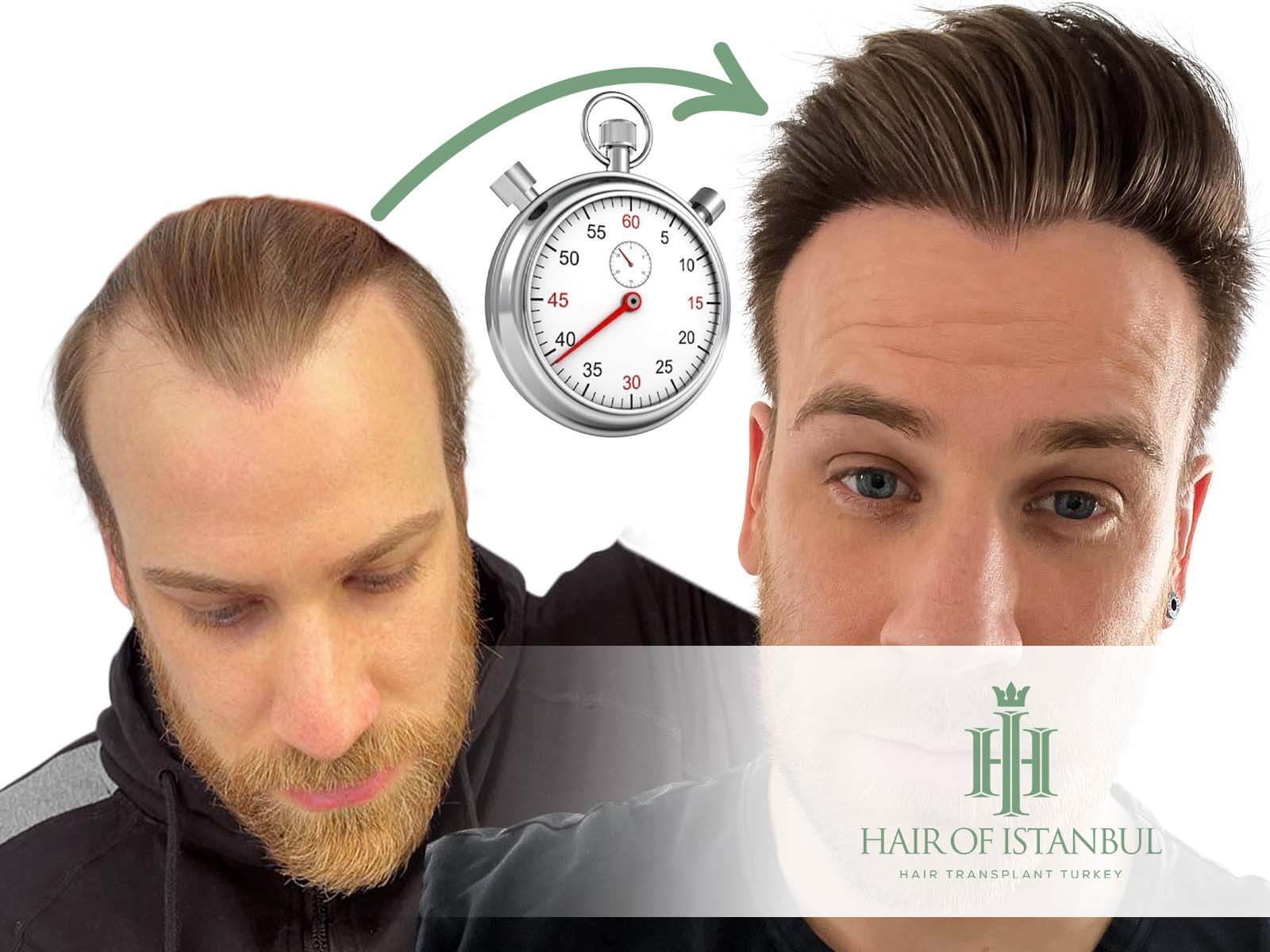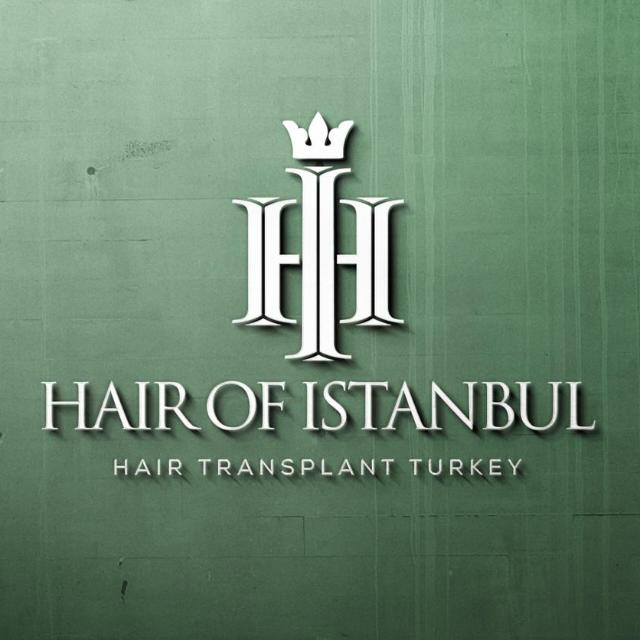Hair Transplant for Receding Hairline: A Full Overview
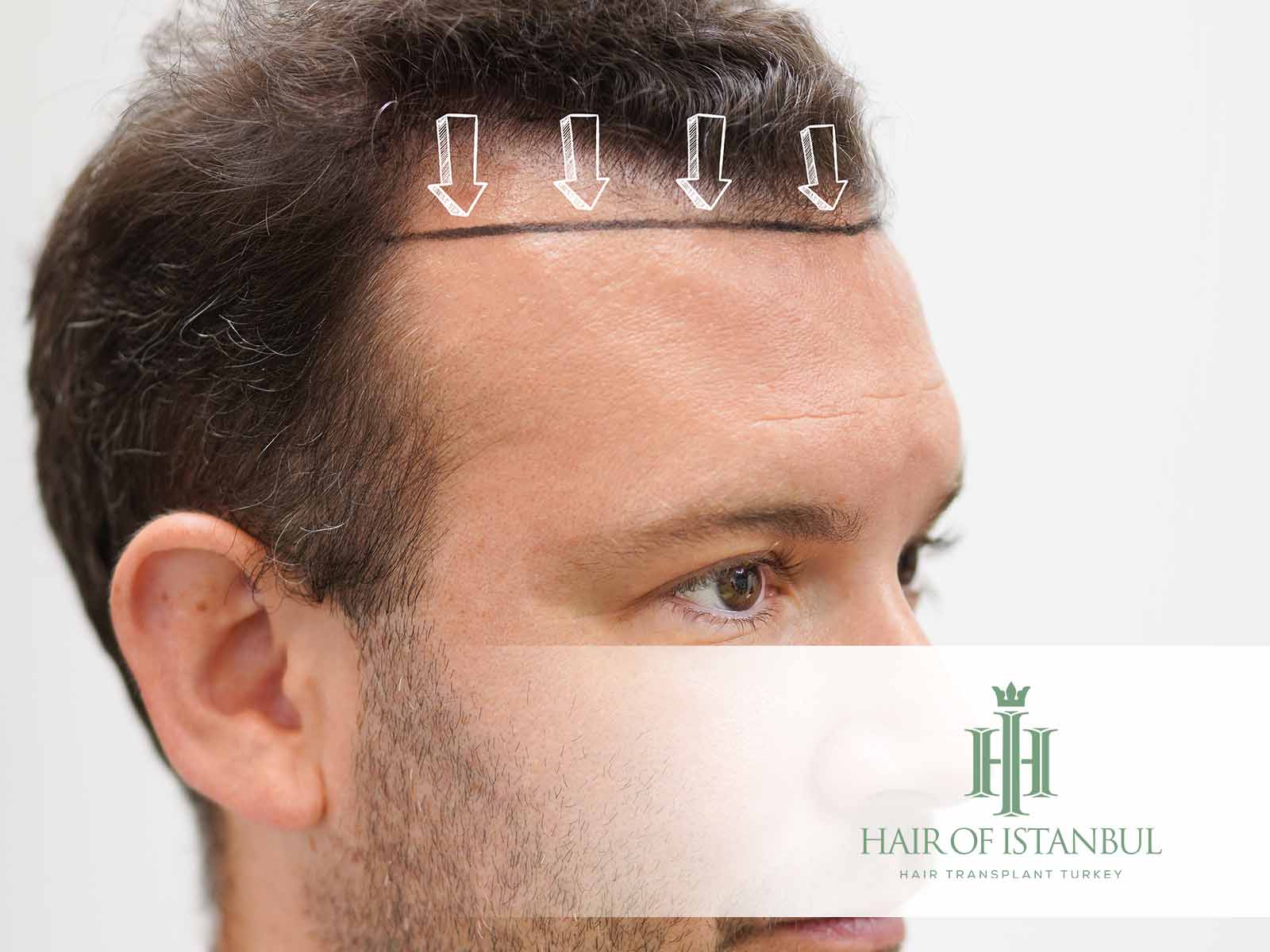
Hair transplant is a common solution for those dealing with a receding hairline. Many people notice their hairline shifting back over time, often without realizing it at first. This change can affect how someone feels about their appearance. While some accept it as a natural part of aging, others start looking for options to reverse it.
Modern techniques have made it easier to achieve natural-looking results. But is it the right choice for everyone? Understanding the causes, treatment options, and what to expect can help you decide.
Keep reading to learn how this procedure works and whether it’s the right fit for your hair goals.
What Are The Causes And Solutions of Hairline Reduction?
Hairline reduction can be a concerning experience, often resulting from various factors ranging from genetics to lifestyle choices. Understanding its causes and exploring potential solutions is crucial. Below, we’ve detailed some common reasons for hairline reduction and their corresponding remedies in a comprehensive table. [1]
| Cause | Solution |
| Genetics: Many people inherit a predisposition for hair loss.
| Medication: Prescription treatments like Minoxidil can help promote hair growth. |
| Hormonal Changes: Conditions like PCOS or thyroid issues can lead to hair loss.
| Hormone Therapy: Addressing the root cause through medical treatment can aid in restoring hair growth. |
| Stress: Chronic stress can lead to temporary hair thinning.
| Stress Management: Techniques such as meditation and exercise can reduce stress and its effects. |
| Poor Diet: Lack of essential nutrients can affect hair health.
| Balanced Diet: Consuming a diet rich in vitamins, minerals, and protein can support hair health. |
| Tight Hairstyles: Wearing tight hairstyles like ponytails can cause traction alopecia.
| Loose Hairstyles: Opting for hairstyles that don’t pull on the roots can prevent further damage. |
| Over-styling: Excessive use of heat tools damages hair.
| Limit Heat: Reduce the frequency of heat styling and use protective sprays. |
| Medical Conditions: Diseases like lupus or alopecia areata can result in hair loss. | Medical Treatment: Consulting a dermatologist or specialist can provide treatments or solutions specific to the condition. |
Note: This table provides a general overview. Individual cases may vary, and it’s always recommended to consult with a professional for a personalized approach.
Also Read: Jordan Peterson’s Hair Transplant: Unveiling The Hidden Story!
Does Hairline Transplantation Look Natural?
Since the donor hair comes from the individual’s own body, the result is a seamlessly natural look. The use of FUE or DHI technique does not leave any scars.
Which Technique Is Better for a Receding Hairline: FUE, DHI or FUT?
Not all hair transplant methods are equally suitable for a receding hairline. Here is a simple comparison of the three most used techniques:
| FUE | Grafts are taken one by one and leave no linear scar. | Ideal for natural hairlines and short hairstyles. |
| FUT | A strip of scalp is removed, and grafts are taken from it. | Useful when a high number of grafts is needed. |
| DHI | Grafts are extracted and directly implanted using a special pen without creating recipient incisions. | Suitable for precise hairline design and minimal trauma. |
For receding hairlines, FUE and DHI are generally more suitable due to their precision and minimal scarring. FUT is considered an older method and may leave a visible linear scar, making it less ideal for restoring the front hairline.
How Long Does Hairline Transplantation Take?
Depending on the number of grafts and the area, the procedure can last anywhere from 3 to 6 hours.
How Many Grafts Are Required to Fix a Receding Hairline?
The number of grafts needed varies based on the extent of the hairline recession and the desired density. However, here is a general range to guide expectations:
| Mild recession: | 1,000 – 1,500 grafts |
| Moderate recession: | 1,500 – 2,200 grafts |
| Advanced recession: | 2,200 – 2,700 grafts |
When Will You See Results After a Hairline Transplant?
Results take time. Here’s a simple timeline of what to expect after the procedure:
- Weeks 1–3: Mild redness, crusting, and shedding of transplanted hairs
- Months 2–4: Little visible change during the dormant phase
- Months 4–6: Early hair growth starts to appear
- Months 6–12: Noticeable improvement in hair density
- Up to 18 Months: Final result with full thickness and natural texture
Everyone heals at a different pace, but most people see significant results within a year.
After the Transplant: Recovery, Care, and Long-Term Outlook
A hair transplant doesn’t end when the procedure is over. What comes next is just as important for long-term success.
In this section, you’ll find essential tips on post-op care, how to protect your new hairline, and what to expect in the months ahead.
How to Maintain Your New Hairline After Transplant
Aftercare matters. To preserve your results and support new hair growth, consider the following tips:
- Use mild, non-irritating shampoos
- Avoid scratching or picking at the transplant site
- Stay away from direct sun for at least a few weeks
- Sleep with your head slightly elevated in the first few days
- Avoid smoking, as it can slow healing
Can a Transplanted Hairline Recede Again?
The transplanted hair is permanent, but surrounding native hair can still thin over time.
If hair loss continues in untreated areas, it may create an uneven look in the future.
Doctors often recommend medical support like Finasteride or Minoxidil to maintain overall hair density.
Are There Any Risks to Consider?
Hair transplant is generally safe, but like any medical procedure, there are risks. Some common ones include:
- Swelling on the forehead or scalp
- Temporary numbness or tingling
- Shock loss (temporary hair shedding)
- Infection or folliculitis (rare with proper care)
Choosing an experienced surgeon and following aftercare guidelines can reduce these risks significantly.
Is Hair Transplantation A Permanent Solution For Receding Hairline?
Hair loss can be more than just a physical transformation—it can impact self-esteem and confidence. Hair transplantation has become a beacon of hope for many facing this challenge. This procedure uses one’s own hair to fill in thinning areas, ensuring a look that’s as natural as possible.
And the best part; For the majority, it’s a permanent solution. Unlike temporary treatments or fixes, hair transplantation aims to provide a lifelong answer to a receding hairline. Investing in this method might just be the long-term relief you’ve been searching for.
How Is the New Hairline Planned?
Creating a natural-looking hairline requires careful planning. During your consultation, the surgeon considers:
- Facial proportions and symmetry
- Current and expected future hair loss
- Donor hair quality and density
- Personal preferences and hairline style
A well-planned hairline not only looks natural today but also stays balanced as you age.
Also Read: How Syphilis Causes Hair Loss? Learn Its Effect and Treatment!
Hair Transplant For Women With Receding Hairline
Hair loss isn’t exclusive to men; many women face the distress of a receding hairline and hair thinning too. Today’s advanced techniques have made it a viable treatment for women seeking to regain a fuller hairline.
Women can confidently turn to this method, knowing it’s tailored to meet their specific needs. As with any medical procedure, consulting with a specialist ensures the best outcome.
Who Is a Good Candidate for a Hair Transplant?
Not everyone is suitable for hair transplantation. You might be a good candidate if you:
- Are over the age of 25
- Have stable hair loss (not actively progressing fast)
- Have enough healthy donor hair
- Do not have scalp conditions that prevent healing
A doctor will assess your scalp and medical background to confirm eligibility.
Also Read: What Causes Female Hair Loss on Temples? Here’s What to Do!
Hairline Transplant Results from HOI
Hairline transplant offers transformative results for those looking to combat a receding hairline. Witnessing the change firsthand can be both exciting and reassuring. Curious about the outcome? See the impressive before-and-after shots to truly appreciate the difference.
How Much Does It Cost to Fix a Receding Hairline with a Hair Transplant?
The cost of a hair transplant for a receding hairline isn’t fixed. It depends on how many grafts you need and which method is used (FUE or DHI). Generally, the more grafts required, the higher the cost—since the procedure takes more time and effort.
Other factors like the clinic’s location, surgeon’s experience, and whether extra services are included (like aftercare or accommodation) also play a role.
Wondering how much it might cost in your case? Explore our hair transplant prices here.
CONCLUSION
Choosing to address a receding hairline is a personal decision that requires the right guidance and care. Understanding the causes, exploring treatment options, and learning what to expect can make the process clearer.
At Hair of Istanbul, we focus on designing hairlines that match each person’s facial structure and long-term needs. Every case is planned individually, based on detailed evaluations and natural aesthetics.
We don’t just perform a procedure — we support patients through the entire journey, from consultation to aftercare. For those dealing with significant hairline recession, we also offer a specialized approach through our forehead reduction hair transplant treatment.
Looking for a more tailored solution? Explore treatment for forehead reduction hair transplant.
References:
- [1] Carley Millhone & William Truswell, MD, Aug 8, 2024 – Everything You Need To Know About Receding Hairlines – https://www.health.com/receding-hairline-7099570
- [2] Kristen Fischer & Debra Jaliman, MD, Jul 17, 2024 – Receding Hairline – https://www.webmd.com/skin-problems-and-treatments/hair-loss/receding-hairline
- [3] AAD, Aug 16, 2023 – A Hair Transplant Can Give You Permanent, Natural-Looking Results – https://www.aad.org/public/diseases/hair-loss/treatment/transplant

